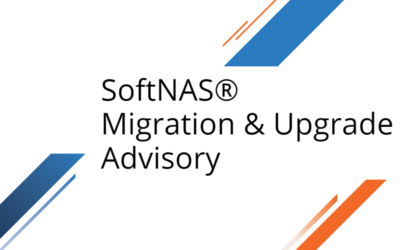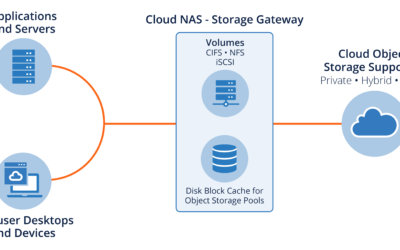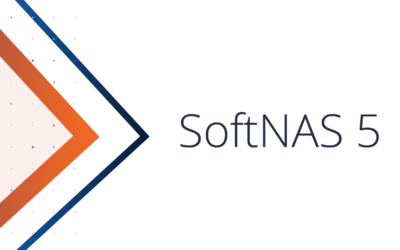By Michael Richtberg, VP of Strategic Business Development, SoftNAS, Inc.
Keynote Address
This year’s event was well attended…again. Dave Russell, Robert Naegle and all other Gartner executives highlighted change and the need to adapt to the new digital reality that enables running efficient businesses. Some of the best sessions targeted topics like software defined infrastructure, cloud and hybrid. In fact, most of the session themes pivot around these topics.
As with any paradigm shift, the feeling of being overwhelmed sets in. Gartner highlights the tendency to seek stability and how we’re all frankly just trying to keep up with what’s going on now. Adding new adventures into new operational models adds to the “to-do” list.
One of the messages repeated again this year highlighted the need to renovate the core. What exactly does this mean? To get different results, they emphasize doing things differently rather than simply iteratively. Getting unfair advantage in the industries we all work in means thinking differently. Doing the same thing, or simply iterating, results in iterative business results. If your competitors are changing their core and doing things differently then you may soon fall way behind.
Author Peter Hinssen’s keynote on day one used a powerful reminder of just how fast companies can become irrelevant or uncompetitive. He highlighted that the top five worldwide companies have all been replaced over the past decades with technology leaders like Amazon, Facebook, Google and other modern powerhouses. He captured the point by showing the campus entrance sign at Facebook – a sign that once showed the Sun Microsystems logo. To remind employees, they left the sign, but turned it around so Facebook log faces the incoming traffic and campus inhabitants see the back which still has the original Sun Microsystems logo. You can think of numerous brands that have been “changed” because they didn’t change… like Sears or Kodak.
Bi-Modal IT
The sometimes controversial “Bi-Modal IT” model Gartner uses shows the contrast between staying the course (seeking stability) for Mode 1 organizations and innovative problem solvers looking for differentiating change characterized by Mode 2. Pragmatically, they understand you can’t go from Mode 1 to Mode 2, but organizations can create projects that “shift the core” to leverage new platforms that enable better, faster business outcomes.
Getting from Mode 1 to Mode 2 can seem unattainable. The recreation of assets just to make use of new technology creates real tension when there are so many priorities tugging on the budget strings in IT. Time and again, we find that technological change occurs at the pace of economic affordability. Projects with the greatest opportunity for high ROI usually get the most attention. Makes sense, right?
At SoftNAS, we provide a path to agile infrastructure by leveraging the capacity to consume storage as a flexible platform. Yes, you’ve heard that you can get “storage” from cloud providers, but if you need the traditional options for storing unstructured data, then you most likely need protocols like CIFS, SMB, or NFS. Recreating applications to use object native storage makes the cloud transition a re-engineering project instead of a way to leverage your assets (your data) in capacity rich environments like public cloud platforms at AWS or Azure. Even the traditional storage players will show you the options of using a conventional NAS/SAN stack on one side and the new world being cloud or object native application stacks on the other with a story about creating a “fabric” to bridge the two.
Gartner predicts that 96% of customers using cloud services will also be using hybrid by 2018. This further underscores the need to change at a reasonable pace and that nothing is absolute. Being able to make this happen starts with a baseline of compute and storage to get the “data” to a place where public compute can become useful. After all, without data, how can you leverage the rest of the stack offered by public cloud platforms.
SoftNAS offers our customers a shortcut to becoming Mode 2 capable without the application restructuring expense. Leveraging the software based virtual storage appliance model, we use the wide variety of compute instances and the expansive cloud capacity to create a rapid ROI solution that retains the NAS standards for moving to a public cloud platform.

Copyright Gartner. Reproduced with the permission of Gartner, 2016
We echo the messages of Gartner about getting to greater agility and innovation. If you’re tired of the forklift upgrades and want to leverage the flexible capacity of cloud hosted infrastructure, consider making a change that grows as your needs change. As a successful business partner of major industry players, we understand your challenges and we want to help you make the transition as smoothly as possible.






